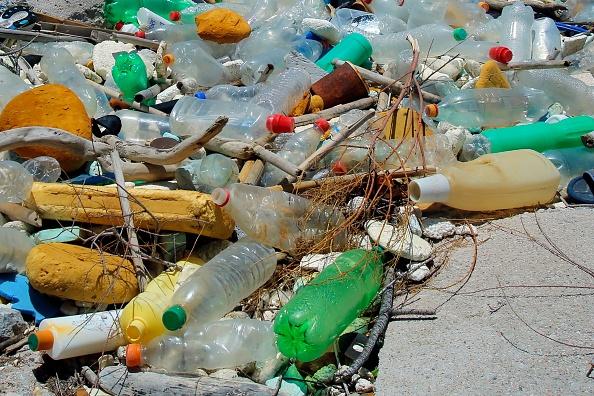TOULOUSE, France—Solving the problem of the growing amount of plastic in the ocean requires rethinking how we use and design plastic products, a group of scientists said at the European Open Science Forum (ESOF18) on July 10.
To address the issue, we need to “properly consider the product’s life and its end of life right from the beginning, from the design stage,” said Richard Thompson, a marine biologist at the University of Plymouth in the UK.
